The text below was written in 2010 for the sleeve notes for the re-release of ‘Let The Tribe Increase’ album that was released on Overground Records. Catalogue number – OVER122LP / CD
TIDIED UP AND IMAGES ADDED BY MICKEY ‘PENGUIN’ IN 2019
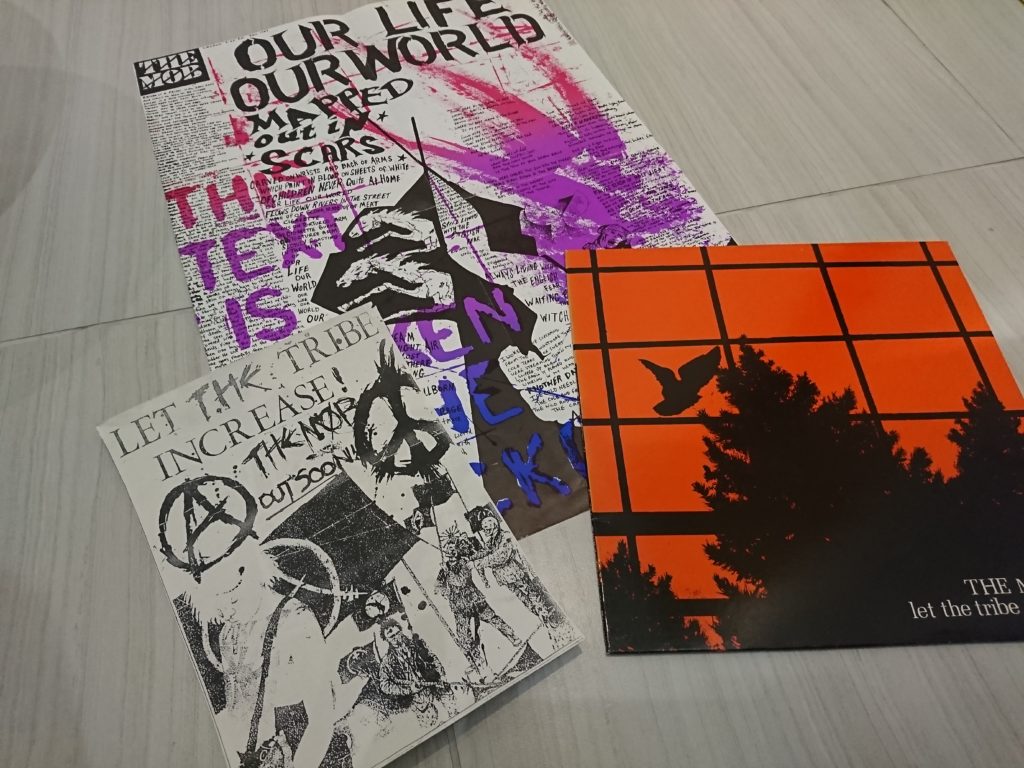
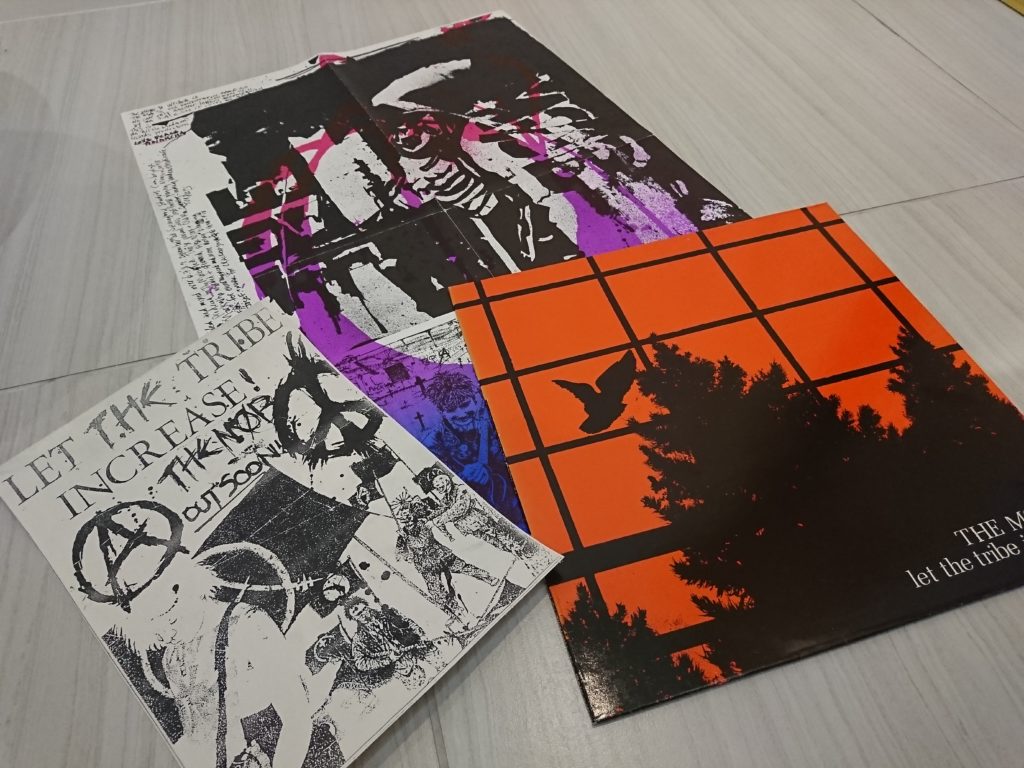
“We are not afraid of ruins. We are going to inherit the earth. There is not the slightest doubt about that. The bourgeoisie may blast and burn its own world before it finally leaves the stage of history. We who ploughed the fields and built the cities can build again, only better next time. We carry a new world, here in our hearts. That world is growing this minute.” [Buenaventura Durruti – Spanish anarchist 1896 – 1936]
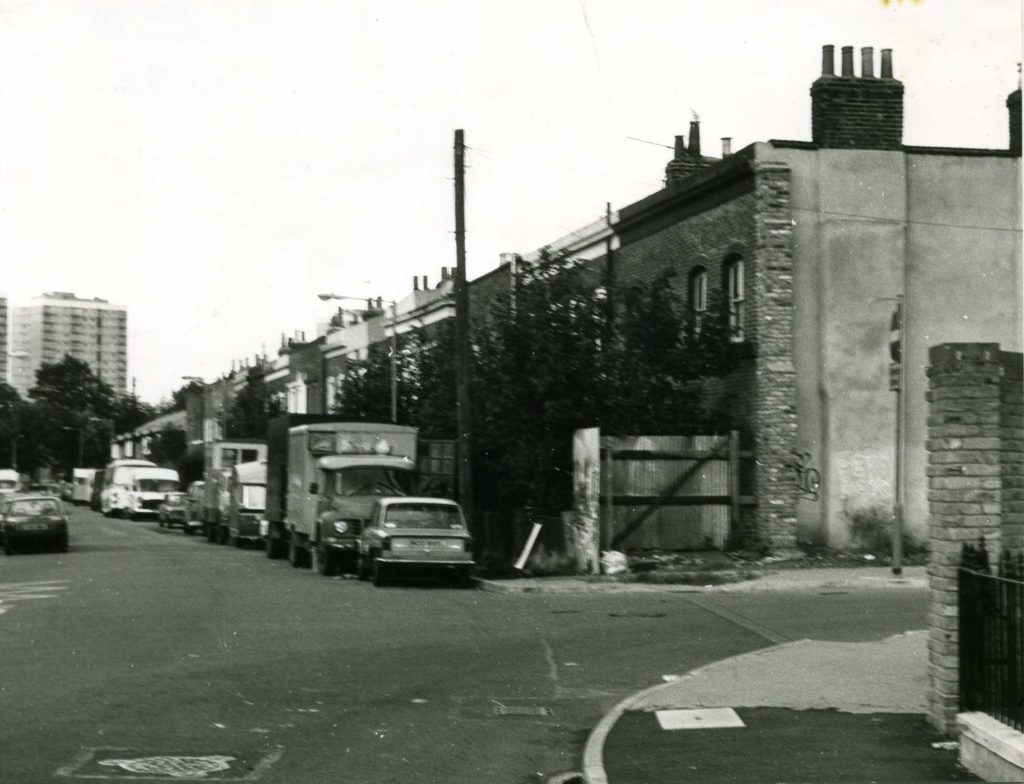
I first met the Mob in 1982, when they were living at Brougham Road in Hackney, East London. Brougham Road had been built 100 years earlier, as one of an endless succession of cheap, brick-built streets of terraced houses. In the 1970’s huge swathes of Victorian Hackney were demolished to be replaced with tower blocks. Brougham Road (complete with its outside toilets) had been due for demolition, but the money ran out about the same time as punk emerged. So, Brougham Road survived to become home to a vibrant and diverse community of squatters. On one side lay a newly built housing estate, on the other a derelict wasteland. Brougham Road was still squatted when the Mob arrived in 1981. Before the move to London, the Mob had been living in the depths of rural England – Seend and Stoke Sub Hamdon.
“The Mob were living in a rented house in Seend in Wiltshire and we bought a bus to tour on. When we got it ready, we took it for a test drive to visit Josef who was living in Brougham Road. The next morning a guy walked out of number 74 and asked us if we wanted to buy the house for £40. This was the amount he had spent on getting water on and changing the Yale lock. We only lived in Seend for a few months. Our real roots are in Stoke Sub Hamdon in Somerset. The Seend place was our first attempt at communal living. We knew an old gay gangster from Yeovil and he set it all up. The real shining light of living in Yeovil for me was the closeness of Stonehenge. We would go on school trips to London and would pass the festival which at the time was only 200 or 300 people there. I remember vividly thinking “That’s for me”. From about 1977 or 1978 the whole Yeovil scene would decamp to Stonehenge for weeks on end. Most of the songs were written hitch- hiking up and down the A303 to London”. [Mark Wilson of the Mob]
Seend is village near Melksham in Wiltshire in the west of England. In 1801 it had a population of 1000. About the time Brougham Road was being built it experienced a brief industrial revolution when three blast furnaces smelting local iron ore employed 300 people, but by 1981 the furnaces were long since gone and it had become a rural hamlet of 1000 once more. Stoke Sub Hamdon is an even smaller hamlet in Somerset.
How could a punk group like the Mob emerge from such places?
The answer lies in the way that punk radiated out from its ground zero in London. Punk did not just explode in cities like Manchester. Inspired by the Sex Pistols ‘anti-Jubilee ‘of 1977, punk also exploded in the most remote and obscure towns and villages inspiring hundreds, even thousands, of punk groups across the UK. Most of these flowers in the dustbin of history faded as swiftly as they had flourished, but a few, like the Mob, survived.

The Mob were able to survive through their connections with an older counterculture. Whilst punk in London began to decay, the Mob were playing gigs with archetypal hippies Here and Now, along with Zounds and the Androids of Mu. This hippy / punk crossover had its punk roots in the 1978 Alternative TV / Here and Now tour which took in Stonehenge Free Festival – and where the Mob also played.
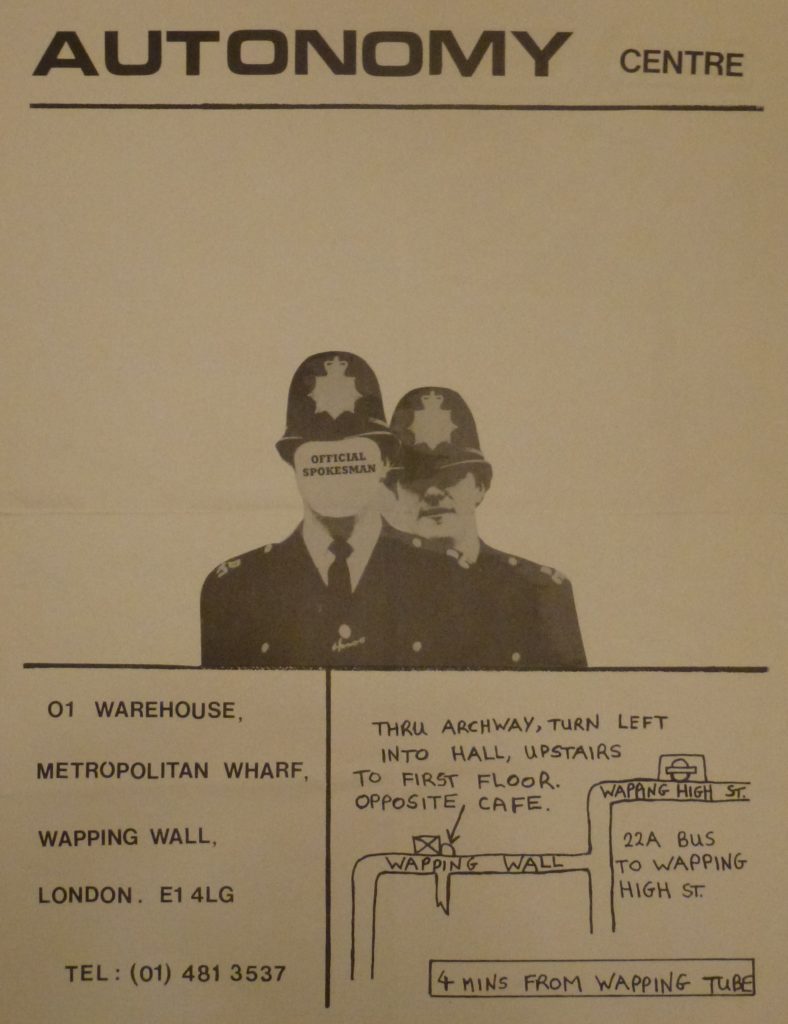
The Mob’s relocation to Brougham Road was fortuitous. Thanks to a Crass / Poison Girls benefit single – ‘Bloody Revolutions / Persons Unknown’, in late 1981 an anarchist centre was set up in a warehouse in Wapping in East London. This became the launch pad for dozens of anarchist punk groups. It also became the focus for an anarchist punk community which survived the collapse of the Wapping centre to create a new anarchy centre in West London – the Centro Iberico.
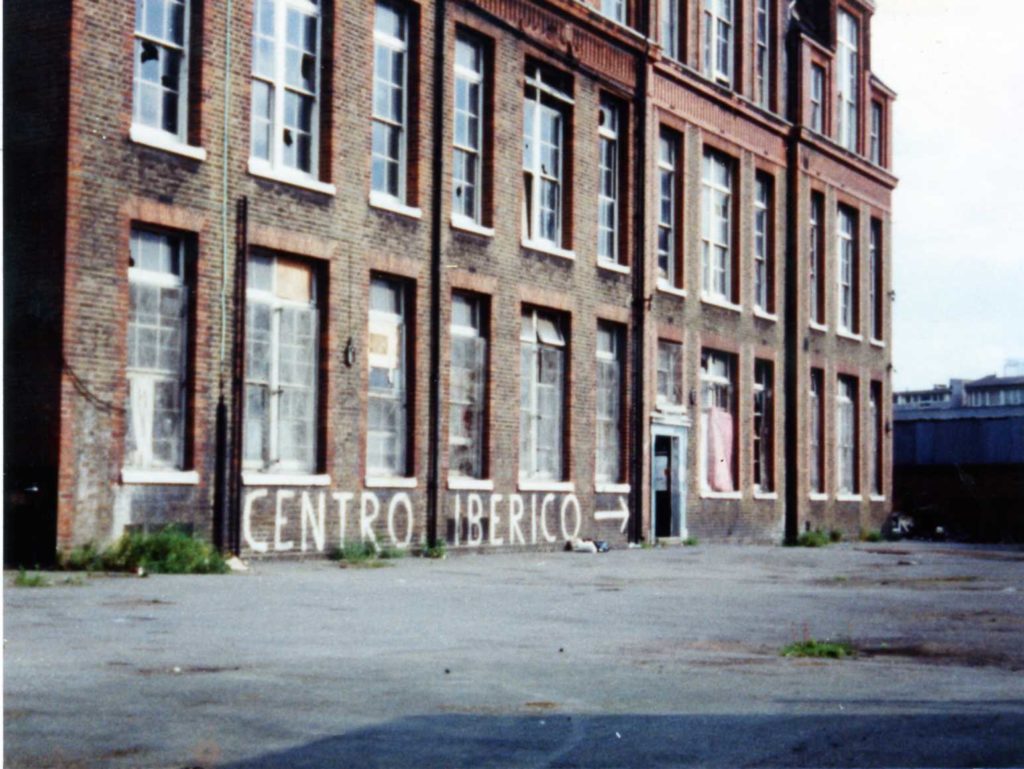
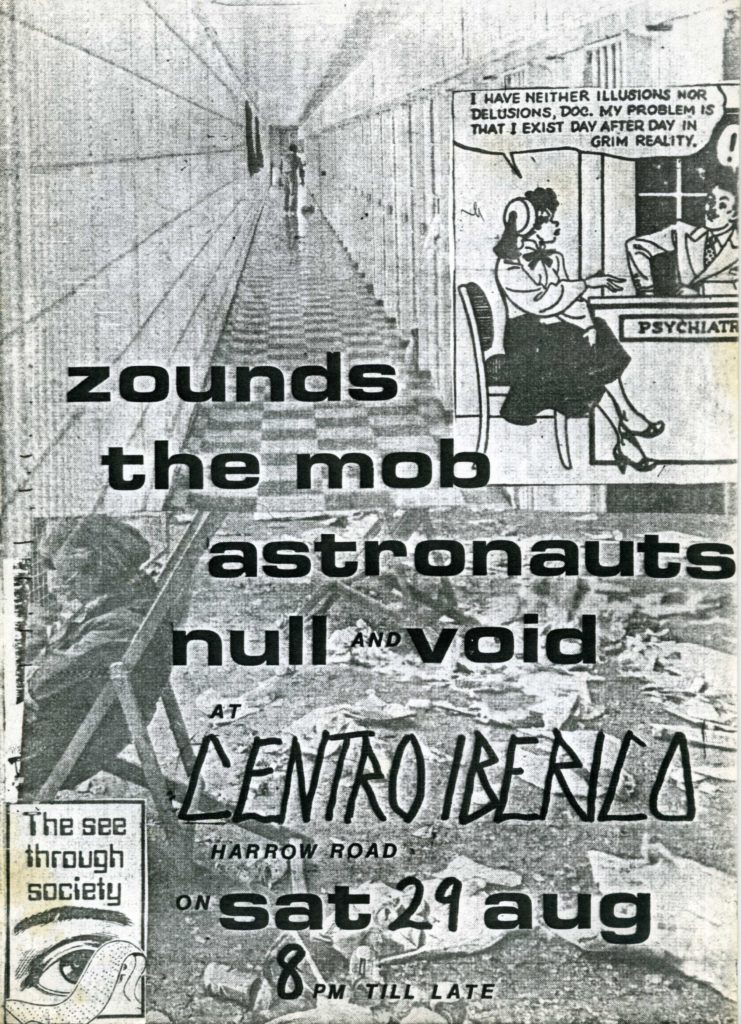
The Centro Iberico was an abandoned school which had been squatted by Spanish anarchists, including veterans of the Spanish Civil War. The Mob were actively involved in both these ventures, as well as the string of squatted anarchy / peace centres which followed on.
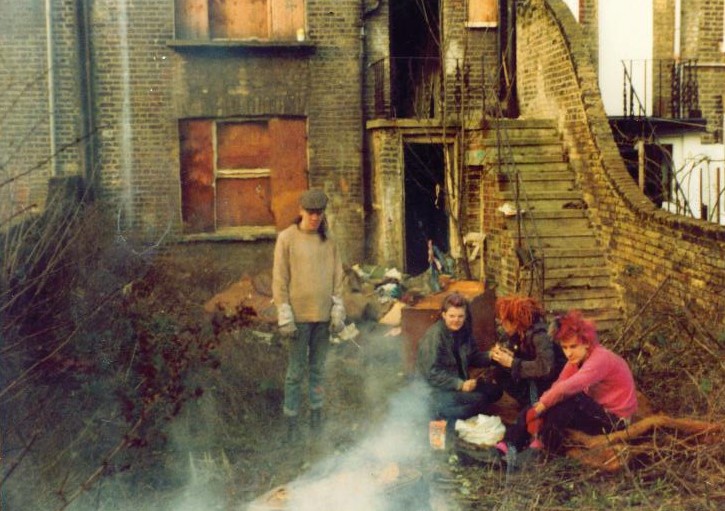

The Mob were also actively involved in a spin-off venture – the Black Sheep Housing Co-op. The Mob did not just play benefits for this punk co-operative – they helped rebuild the derelict houses the co-op were given. The Black Sheep Co-op survived until 2002, and some of its houses remain in co-operative ‘multiple -occupancy’ to this day. The survival, against the odds, of the Black Sheep Co-op and its houses has its echoes in the survival, against the odds, of the collective – the tribe – which the Mob were part of and which they helped create.

Kill Your Pet Puppy was a punk fanzine created by the Puppy Collective as successor to Tony D’s ‘Ripped and Torn’ fanzine in 1979. After an encounter with the Mob in the summer of 1981, involvement with the various anarchy centres and participation in the Black Sheep Housing Co-op, the Puppy Collective became part of the tribe as it increased. Indeed, ‘Let the Tribe Increase’ came out of a “what if…” conversation between Mark Wilson of the Mob and members of the Puppy Collective. Mark then approached Rough Trade (at that time also a co-operative) who said if the Mob could find the recording costs, they would pay the record pressing costs. One of those who helped finance ‘Let The Tribe Increase’ was Mick Lugworm. As well as forming his own group, The Lugworms, The Turdburglars, Mick also sold more copies of the zine than the rest of the Puppies put together.
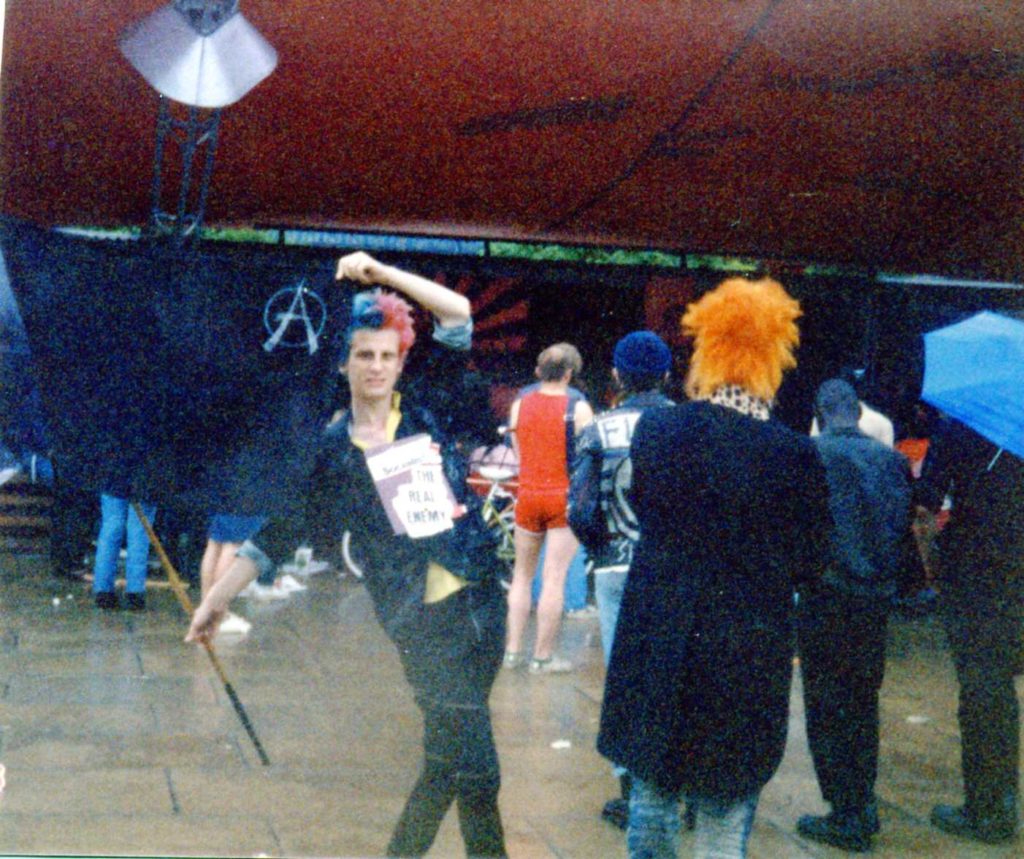
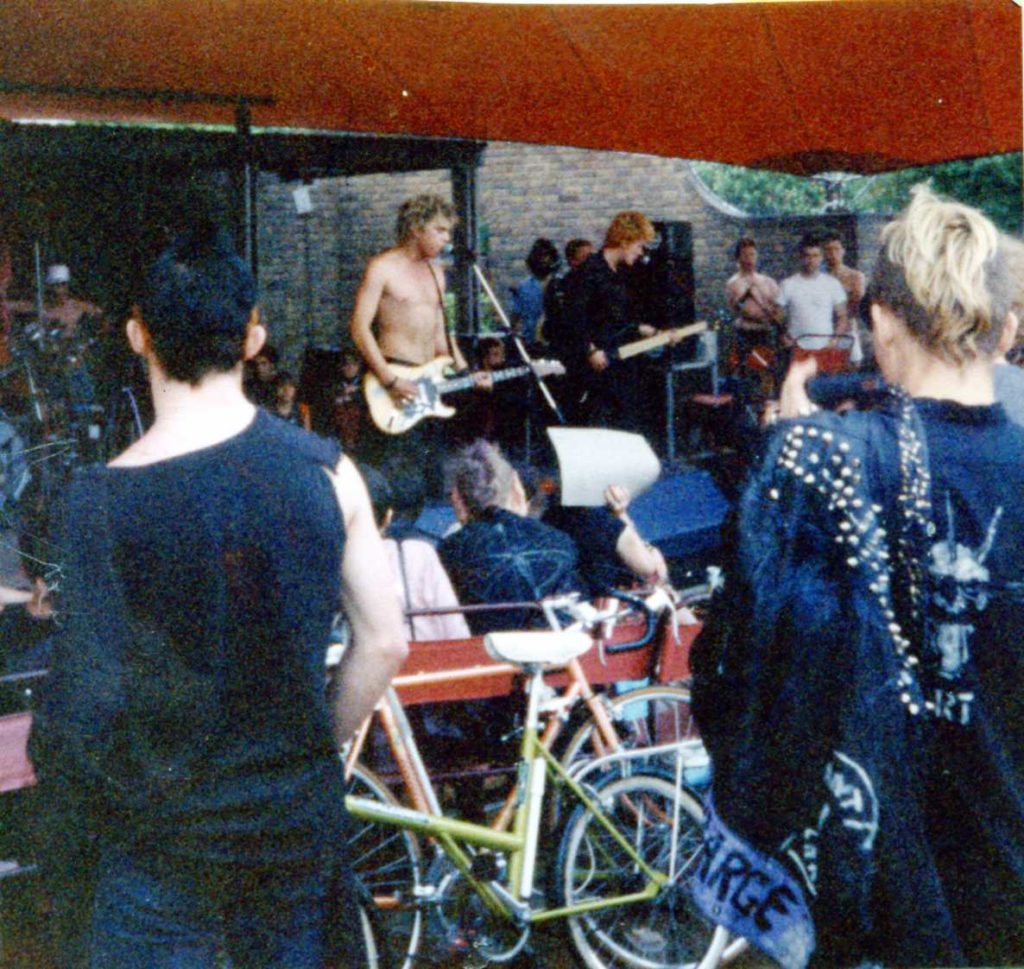
“The anarcho-punk scene was great but mainly for the people involved and not the music. There were a few notable exceptions like Rudimentary Peni but most of the bands sounded very similar. The Mob were like a breath of fresh air amongst the black-clad hordes. I know some people think their music sounds a bit grim at times with songs like ‘I Wish’ (I remember John Peel taking the piss after playing a song from the album) but as people and as a live band the opposite is true. Mob gigs were always joyous affairs full of people grinning and dancing. I’d never really liked Penny Rimbaud’s bombastic production of ‘No Doves Fly Here’ and knew that they had the option of making an album with Crass. When I heard the band would rather put out an album on their own, I was only too happy to lend the money to record it. The album was recorded and mixed over 3 days at Spaceward Studios in Cambridgeshire. Once the sound levels had been set up, most of the songs were recorded quickly as the songs had been well-honed at gigs. I remember a bit of time was spent on Josef’s tom-tom intro to ‘Never Understood’, talking crap on ‘Roger’ and Curtis loving watching the film Barbarella on video in the evening but not much else. I’m glad to have had a part to play in a record that has stood the test of time.” [Mick Lugworm]
And so ‘Let the Tribe Increase’ was made. The costs of the album were based on the assumption that it would sell only 10,000 copies. But the tribe was bigger than imagined – 20 000 of the first pressing were sold. The profits from this unexpected outcome were then recycled back into the Mob’s All the Madmen record label which, with pleasing symmetry, eventually found a home back on Brougham Road.
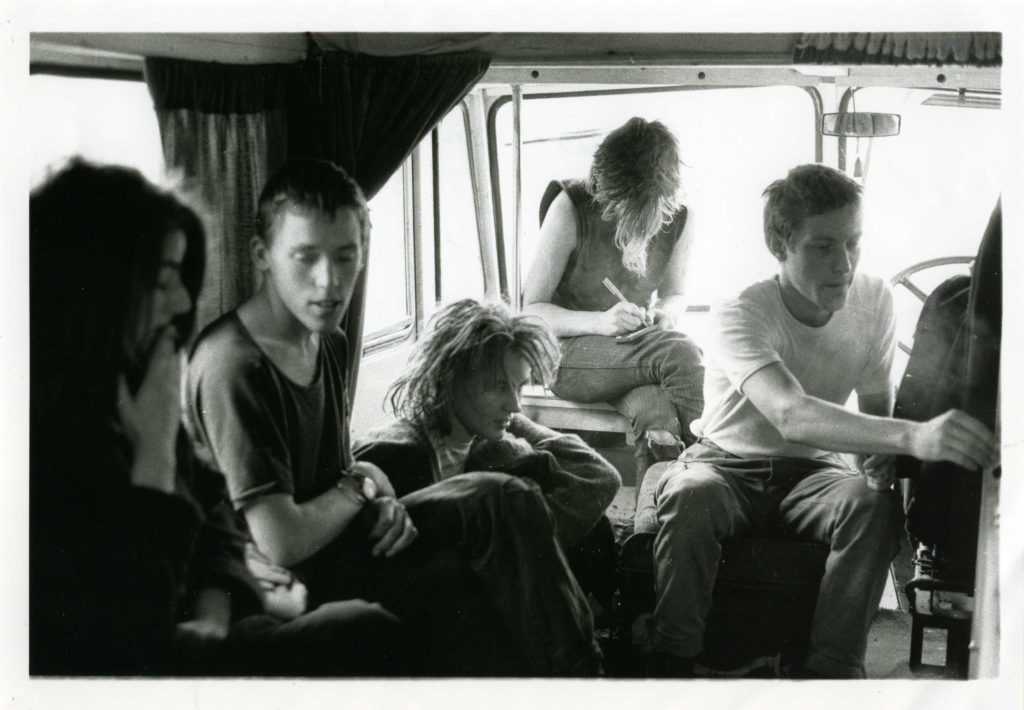

By then the Mob had moved on, having split up in late 1983. Josef began Blyth Power, initially with help from Curtis. Curtis later became a chef, but Blyth Power are still making music. Mark spent the winter of 1983 sewing himself a tipi, bought a fluorescent orange fire truck and became a traveller for the next few years before settling down back in Wiltshire.
Finally, there is an ambiguity to the Mob. Heard in isolation, ‘Let The Tribe Increase’ can sound doom-laden and apocalyptic. The lyrical nihilism of punk was often hard to hear, so short, sharp and fast were the songs. The Mob slowed the music down making inescapable the bleakness of their vision. And yet in the flesh, in the moments of excess of their live performances, the Mob were uplifting and inspiring. Somehow, amidst the ruins, the Mob made real the possibility of the new world we carried in our hearts.

Pat wainwright
January 9, 2020 at 7:20 pmOne of my favourite albums x
hackney geezer
January 12, 2020 at 12:46 amAL knew his stuff ,best album, and a good write-up.